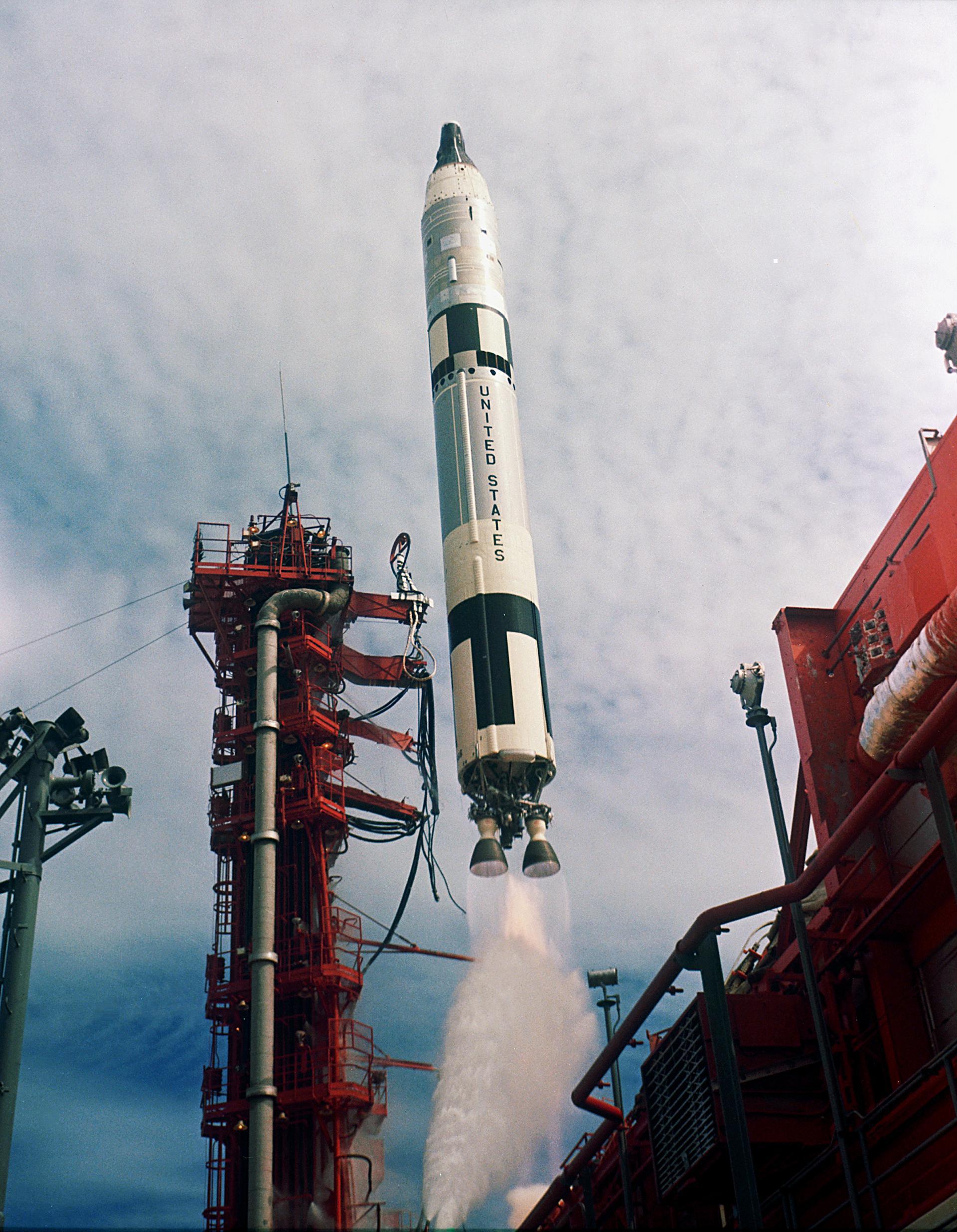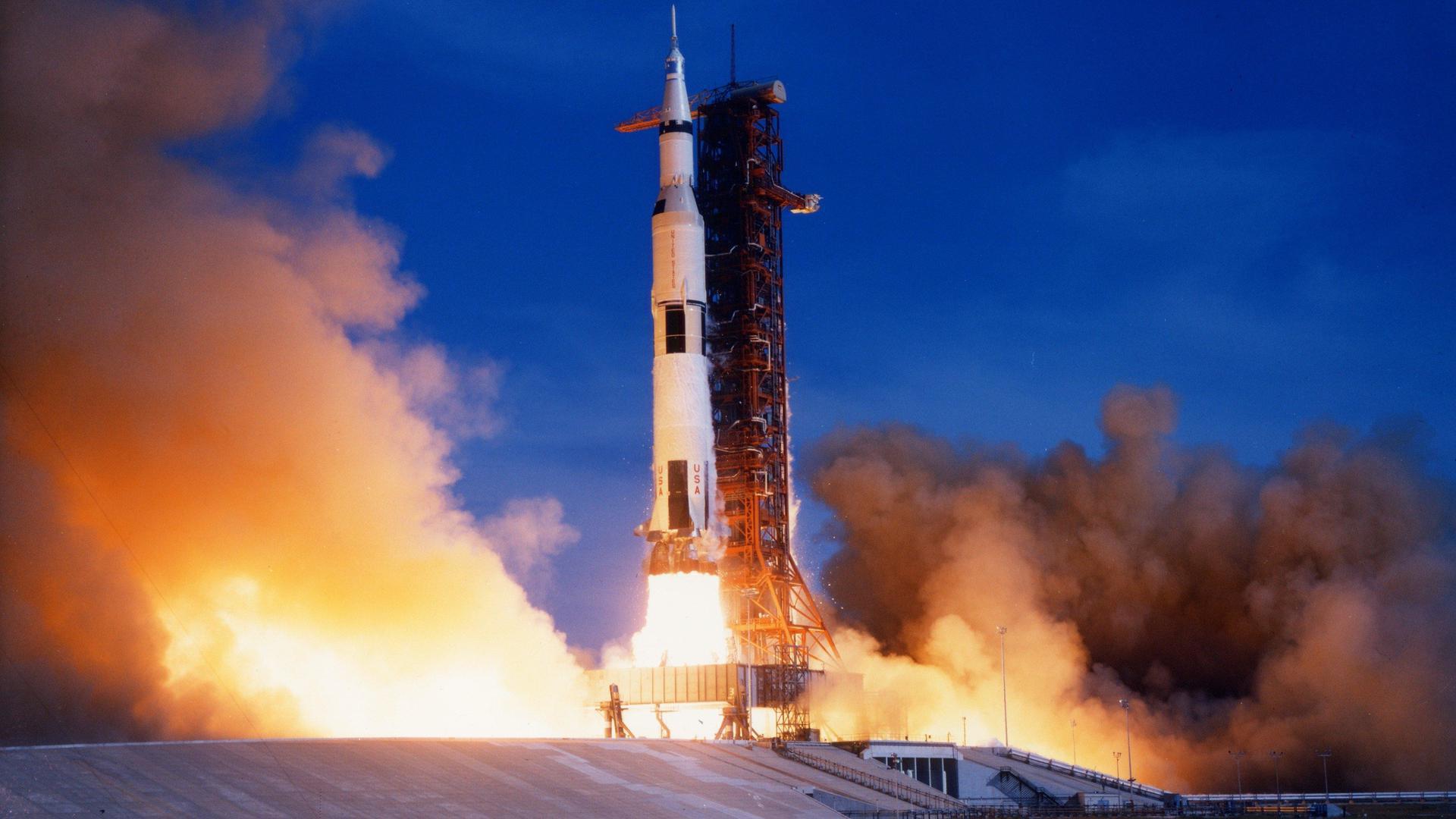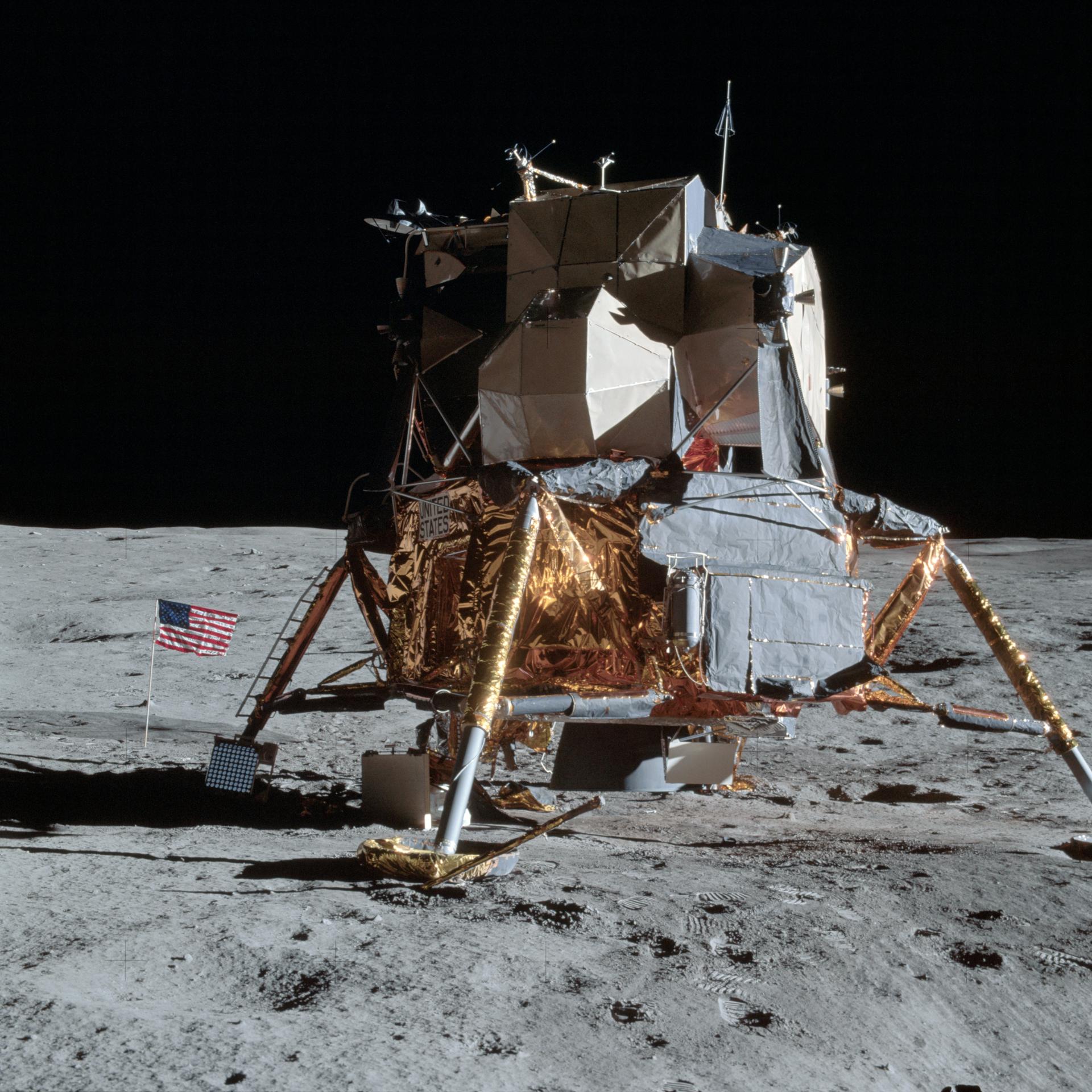Gene Cernan
American - (NASA)
Deceased
Date of Birth: March 14, 1934
Date of Death: Jan. 16, 2017
Eugene Andrew Cernan was an American astronaut, naval aviator, electrical engineer, aeronautical engineer, and fighter pilot. During the Apollo 17 mission, Cernan became the eleventh person to walk on the Moon. Since he re-entered the lunar module after Harrison Schmitt on their third and final lunar excursion, he is the last person to have walked on the Moon. Cernan traveled into space three times; as pilot of Gemini 9A in June 1966, as lunar module pilot of Apollo 10 in May 1969, and as commander of Apollo 17 in December 1972, the final Apollo lunar landing. Cernan was also a backup crew member of the Gemini 12, Apollo 7 and Apollo 14 space missions.
Titan II GLV | Gemini IX-A
National Aeronautics and Space Administration | United States of AmericaCape Canaveral SFS, FL, USA
June 3, 1966, 1:39 p.m.
Status: Success
Mission:
Gemini 9A was the seventh crewed mission of the NASA's Project Gemini. The mission was commanded by Command Pilot Thomas P. Stafford and Pilot Eugene Cernan. The astronauts rendezvoused with the Augmented Docking Target Adapter, but were unable to dock due to docking target's fairing which failed to deploy. The mission started on June 3, 1966, 13:39:33 UTC and ended on June 6, 1966, 14:00:23 UTC.
Low Earth OrbitSaturn V | Apollo 10
National Aeronautics and Space Administration | United States of AmericaKennedy Space Center, FL, USA
May 18, 1969, 4:49 p.m.
Status: Success
Mission:
Apollo 10 was Command by Thomas P. Stafford, Command Module Pilot John W. Young, and Lunar Module Pilot Eugene A. Cernan. This mission was a F Mission which means a dress rehearsal for the upcoming Apollo 11 Mission that would be the first crewed mission to land on the moon.
Lunar OrbitSaturn V | Apollo 17
National Aeronautics and Space Administration | United States of AmericaKennedy Space Center, FL, USA
Dec. 7, 1972, 5:33 a.m.
Status: Success
Mission:
Apollo 17 was the final mission of the Apollo program. The craft was crewed by Commander Eugene Cernan, Lunar Module Pilot Harrison Schmitt & Command Module Pilot Ronald Evans. The mission lasted for 12 days, 13 hours, 51 minutes and 59 seconds during which time Cernan & Schmitt spent 3 days on lunar surface completing three moonwalks to collect lunar samples and install scientific instruments on the surface. Apollo 17 was the last time human beings have gone beyond Low Earth Orbit.
Lunar OrbitThe National Aeronautics and Space Administration is an independent agency of the executive branch of the United States federal government responsible for the civilian space program, as well as aeronautics and aerospace research. NASA have many launch facilities but most are inactive. The most commonly used pad will be LC-39B at Kennedy Space Center in Florida.
Soyuz 2.1a
Obzor-R No.1
43/4 (43R) - Plesetsk Cosmodrome, Russian FederationNote: Assignment of payloads to this launch is uncertain. The Russian Obzor-R satellite is a planned X-band radar earth observation satellite desi…
LVM-3 (GSLV Mk III)
BlueBird Block 2 #1
Satish Dhawan Space Centre Second Launch Pad - Satish Dhawan Space Centre, IndiaAST SpaceMobile’s Block 2 BlueBird satellites are designed to deliver up to 10 times the bandwidth capacity of the BlueBird Block 1 satellites, requi…
Long March 12A
Demo Flight
Long March 12A Pad - Jiuquan Satellite Launch Center, People's Republic of ChinaFirst test launch of CASC/SAST’s Long March 12A rocket, with a dummy payload. The rocket’s 1st stage attempted to land on a landing pad about 300 km …
HANBIT-Nano
Spaceward
HANBIT Pad - Alcântara Space Center, Federative Republic of BrazilMaiden orbital launch attempt for the South Korean start-up Innospace and its HANBIT-Nano small launch vehicle. Onboard this flight are five small sa…
H3-22
Michibiki 5 (QZS-5)
Yoshinobu Launch Complex LP-2 - Tanegashima Space Center, JapanQZSS (Quasi Zenith Satellite System) is a Japanese satellite navigation system operating from inclined, elliptical geosynchronous orbits to achieve o…





